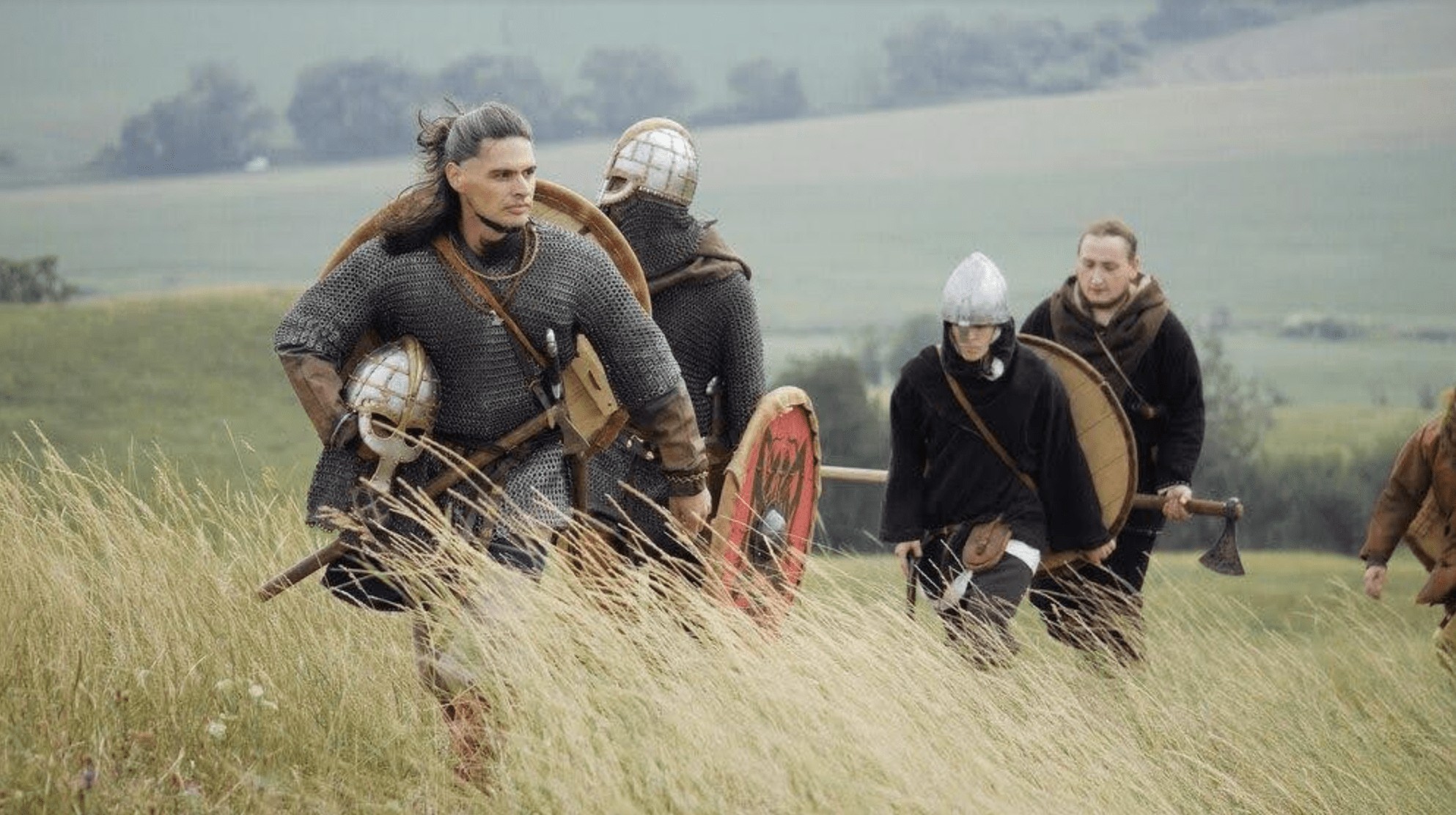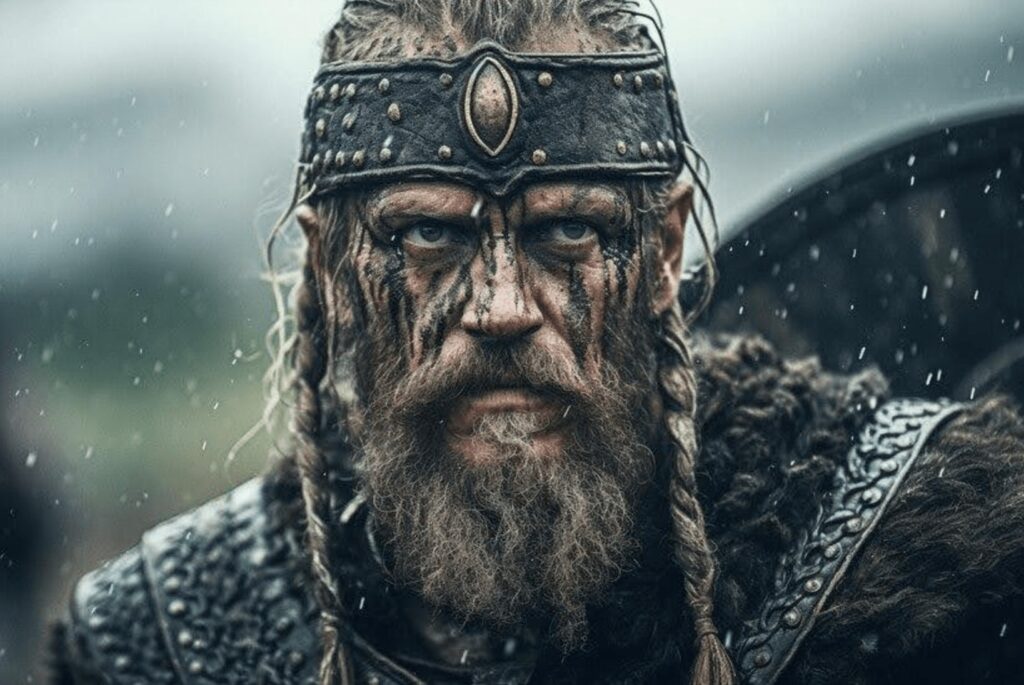Blog
The Rise and Expansion of Viking Civilization
During the height of their activity from the 8th to the 11th centuries, multitudes of Scandinavians embarked on journeys beyond their native lands in search of fortune and opportunity. These Nordic voyagers, widely recognized as Vikings or Norsemen — “Northmen” in old terminology — initially targeted vulnerable coastal locations for their raids, with a particular focus on unprotected monastic sites across the British Isles. In the span of three hundred years, the Vikings indelibly imprinted themselves upon history, not just as marauders and pirates but also as traders and colonists shaping the destinies of regions now known as Britain, parts of the European mainland, Russia, Iceland, Greenland, and even Newfoundland.
Who Were the Vikings?
The common terminology ‘Viking’ often describes a distinct historical group, but this label is somewhat misleading. In essence, ‘Viking’ referred more to an occupation akin to a raider or soldier. Individuals from Scandinavia engaged in raids for treasure and resources were terminated by ‘Vikings’.
It’s more precise to regard ‘Viking’ as an action rather than an identity. Thus, Scandinavians who did not partake in these expeditions would not, strictly speaking, qualify as ‘Vikings’. Those residing in Scandinavian regions might have led lives as farmers, traders, smiths, or artisans. Nevertheless, the broader term ‘Viking cultures’ persists, attributing the title to entire communities, even though the term rightfully belongs to the warrior segment actively engaging in raids.
Rise and Expansion of Vikings
The Viking civilization deserves special consideration, and films, TV series and even games quite accurately convey their way of life, culture, and peculiarities of life. You can watch “Vikings” – an excellent series from a historical point of view, not lacking in battles, drama and depth of plot. If it is not available in your region, just use Shadowsocks VPN. With Shadowsocks VPN you can unblock almost any content on any streaming platform. Plus it serves as an anonymization tool.
Vikings Ancient History: Early Raids
In the year 793 AD, the Viking Age was ushered in with a brutal raid on the Lindisfarne monastery located off Northumberland’s coast in northeast England. Believed to be executed by Norwegian seafarers who took a direct route across the North Sea, the raid did significant damage but didn’t completely destroy the religious site. The impact reverberated through Europe, as the monastery’s near destruction illustrated a terrifying truth—the Vikings had arrived, and they held no reverence for sacred places like monasteries, often situated vulnerably along the coastlines and typically unsecured.
The horrifying trend continued with subsequent Viking attacks on unprotected island monasteries, including Skye, Iona in the Hebrides, and Rathlin off Ireland’s northeast coastline. The Viking incursions soon breached continental Europe, with the initial attack recorded in 799 on St. Philibert’s monastery on Noirmoutier island, near the French Loire River’s mouth.
For years, Viking raids remained primarily quick, coastal assaults within the British Isles, especially targeting Ireland, and in Europe, with places like Dorestad’s trading center, a good 80 kilometers from the North Sea, recurrently attacked after 830. Their scope widened as they exploited Europe’s internal disputes; post the 840 demise of the Frankish Emperor Louis the Pious, his own son, Lothar, recruited Viking fighters to bolster his position during a fight for power against his brothers.
Viking Incursions in France
The name “Normandy” in the French lexicon is steeped in the rich history of Viking conquests, derived from the term “Normanni,” which signifies the “men of the North.” This title embodies the legacy of these formidable raiders whose northern origin is an integral part of the region’s past.
The latter part of the 8th century marked the commencement of Viking incursions along Western France’s coastline, occurring predominantly during the summer months. In the tumultuous period following Louis the Pious’ demise, Vikings established a settlement in Gascony. The year 841 witnessed devastation in Rouen and Jumièges, as Vikings plundered monastic treasures. A notable raid in 845 extended to Paris, and the discovery of Carolingian coins in Ireland decades later hints at their origin being the plunder from these very raids.
The period from 885 to 886 saw Odo of Paris valiantly protect the city against Viking raiders, ultimately leading to the decline of Carolingian rule. Moving forward to 911, Robert I of France emerged victorious against a Viking siege at Chartres. This triumph led to the conversion and settlement of Viking chief Rollo in Normandy. The momentous Treaty of Saint-Clair-sur-Epte was signed by Rollo and Charles the Simple, bestowing Rouen and the Upper Normandy region to Rollo and initiating the Duchy of Normandy. Rollo’s baptism and feudal allegiance to Charles were pivotal, establishing a fortified line of defense against potential Viking intrusions along the Seine.
Viking Age
For the ensuing 300 years, Norsemen from Norway, Denmark, and Sweden embarked on similar predatory raids against any easily accessible settlement.
Favorite targets of these Viking raids spanned across various regions, including the British Isles, France, Italy, and even territories that comprise modern-day Russia. Typically, the Vikings targeted coastal areas for their expeditions due to easy accessibility via the sea.
Advice! When you search for anything on the internet, you may encounter various cyber threats. They may not be as physical as they were in Viking times, but they are still quite dangerous. Friendly advice – try this out to protect your surfing. This way you can prevent many hack attacks.
Viking Trade Network

The Norsemen, renowned as the Vikings, forged an expansive mercantile web connecting their Scandinavian homelands with territories across Europe, the British Isles, and distant shores of the Mediterranean and the Middle East. The scope of their commerce encompassed a blend of opulent commodities and fundamental provisions, trading items including but not limited to, the coveted silks, exotic spices, gleaming silver, essential iron, and the staple of wool.
Silk, a prized luxury in Viking society, was obtained through trade with the Byzantine Empire. Meanwhile, silver flowed from the Islamic Caliphate to meet the soaring demands within European markets. These exchanges enabled the Vikings to garner rarities unattainable in Scandinavia, bolstering their prosperity.
Beyond the luxury market, the trading of iron played a pivotal role. Central to the creation of formidable weapons, versatile tools, and household essentials, iron trade uplifted the standard of living within involved regions by enhancing the accessibility and affordability of these crucial items. Wool, a vital raw material for textiles and warmth, also coursed through Viking trade routes into Europe to satisfy its high demand.
End of the Viking Age
In 1066, England witnessed a pivotal moment that brought the Viking Era to a close. By then, Christianity had spread across the Scandinavian realms, merging Viking traditions with European Christian customs. Modern reflections of Viking influence are primarily evident in certain words and location names, particularly in regions of northern England, Scotland, and Russia where Vikings once settled. Iceland, however, harbors a rich Viking heritage through the Icelandic sagas, a profound literary collection that honors the most triumphant episodes of their storied history.

